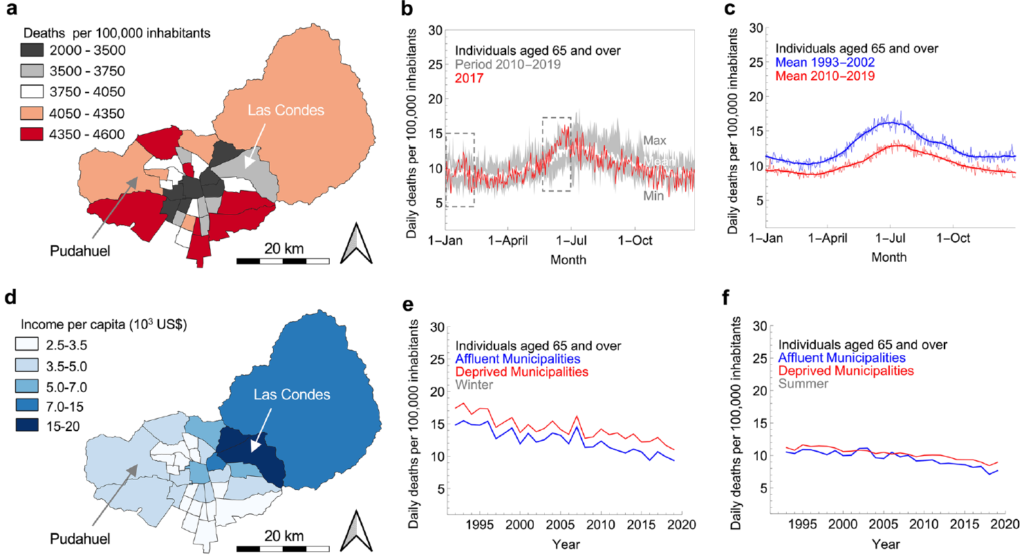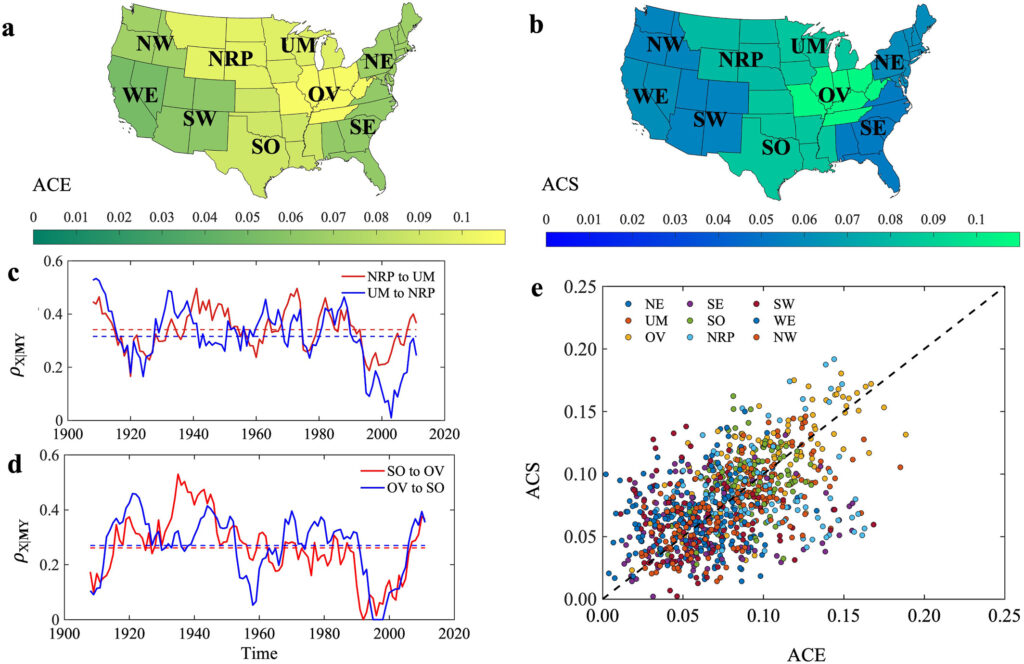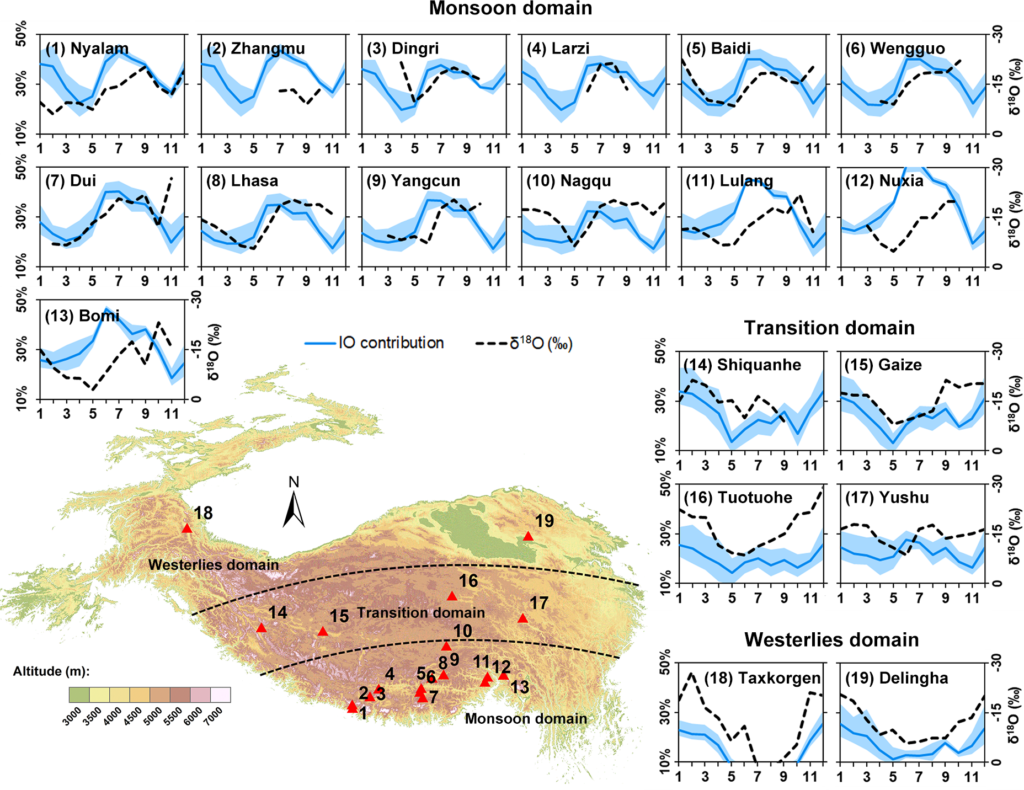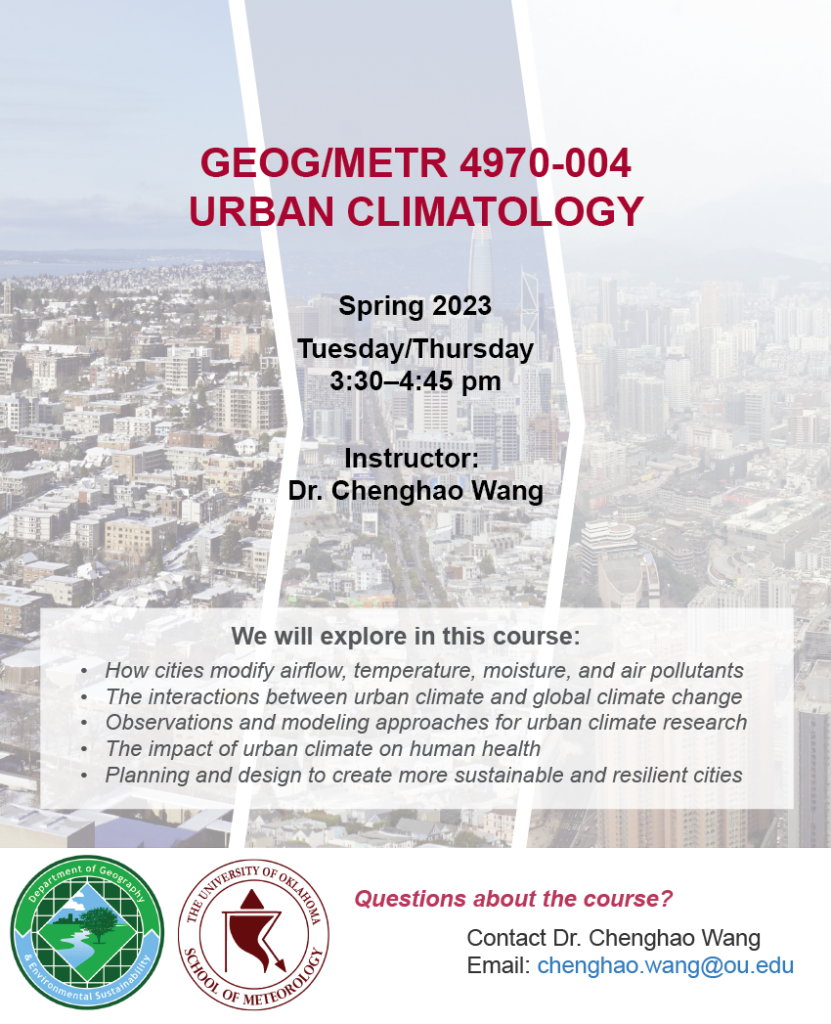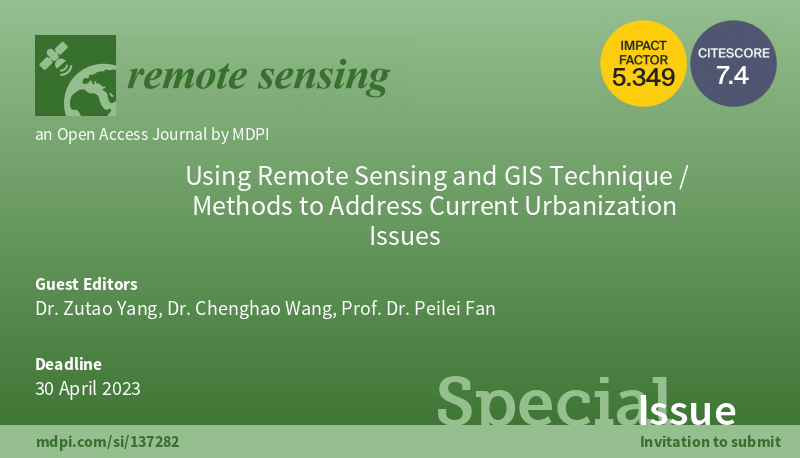Sarah Henry has recently accomplished a successful National Weather Center REU project. Congratulations, Sarah!

Throughout a 10-week journey, she investigated the spatial and temporal patterns of compound heat wave and particle pollution episodes in the urban environment across the contiguous U.S. (CONUS). Based on geospatial analyses of nighttime air temperature and daily PM2.5 concentration data, she found that, compared to rural surroundings, the majority of urban areas in the CONUS experienced more frequent, more intense, and longer-lasting heat waves, PM2.5 pollution days, as well as the compound episodes. Regionally, the Northeast and Ohio Valley exhibited the highest frequency of compound heat and pollution events, while the Northeast, Ohio Valley, and Southeast showed the longest durations of these events. Furthermore, the West and Southwest regions had the highest heat intensity during compound events, while the Northeast, Ohio Valley, and Southeast experienced the highest pollution intensity. Sarah’s research offers a pioneering perspective on compound heat and pollution episodes in U.S. cities, providing valuable insights for future investigations in this field.

Her final paper titled “Compound Heat Wave and PM2.5 Pollution Episodes in U.S. Cities” has been posted on arXiv (https://doi.org/10.48550/arXiv.2307.15296) and is also available on REU’s website.
The REU program is funded by the National Science Foundation under Grant No. AGS-2050267. More information about REU and how to apply can be found here.

